Excess belly fat is a serious health concern that’s becoming more and more prevalent in the United States. As a matter of fact, 100.1 million (41.9%) of adults in this country are obese, according to the Centers for Disease Control and Prevention (CDC). Often, this is due to a multitude of lifestyle factors, including poor diet choices and physical inactivity. But you don’t have to be technically overweight to have a thick waistline. Many women, in particular, accumulate excess belly fat as they age, even if the overall number on the scale doesn’t rise significantly. Whatever the cause, if you want to strip away the flab, you’ve come to the right place. We spoke with experts who share the best daily habits that blast belly fat.
Excess abdominal fat is something you want to avoid at all costs—your health depends on it! Keep reading to learn all about the daily habits that blast belly fat, and when you’re finished, be sure to check out the 10 Best Superfood Snacks to Strip Away Belly Fat.
Consistency is king in every aspect of weight loss, including your diet and workout routine. Once you establish a plan, you have to be diligent about carrying it out on a regular basis.
“Don’t worry about perfection, worry about consistency,” says Anthony Lenti, a certified strength, conditioning, and nutrition specialist (NASM CPT, PN-1, FMS-1, CFSC, ISSA Bodybuilding specialist). “You are going to have down days and off days. Do not let it get to you, shake it off and get back on the horse the next day. Consistency is going to get you way further than having the ‘perfect’ anything. There are so many channels of information all saying different things when it comes to fitness. Find what works for YOU, and stick with it.”

In case you missed it, walking for weight loss is a real thing. Whether you take a quick walk around the block between meetings or park further from your destination, trust us: Those extra steps add up over time, and they can make a real difference when you’re trying to blast fat.
Lenti points out, “Anything that is sustainable and easy to implement might not seem like it will make any difference, but it will. Ten thousand steps a day is the recommended amount, even if it means getting up and walking around your apartment or office every 20 minutes.”

As with anything in life, when you like doing something, you look forward to it. Do whatever floats your boat, whether it’s HIIT training, kickboxing, lifting weights, or even a Pilates or Zumba class. As we said before, consistency is king, so as long as you enjoy what you’re doing, you have a greater chance of following through with it!
“There is no one size fits all and every single style has its benefits,” Lenti tells us. “Find something you enjoy, and can stick with and the results will come.”

If you haven’t been lifting weights, you may be surprised to hear that strength training is an ideal way to burn fat all over—so don’t only focus on cardio! Lenti recommends aiming to perform resistance training a minimum of three times a week, but feel free to kick things off with just one and work your way up to a regular routine. Adding in some cardio after your strength workouts is also a great way to round out your fat-burning regimen.

Getting more sleep may not sound like a productive way to torch calories and fat, but it’s essential for recovery, which will ultimately aid in fat loss, Lenti tells us. Between work deadlines, social plans, and stress, so many individuals don’t get eight hours of solid sleep each night, which is the recommended amount.
By ensuring your sleep environment is cool and dark, along with going to sleep around the same time each night and waking up at the same time every morning, you can boost your chances of fueling your body with a more restful night’s sleep.
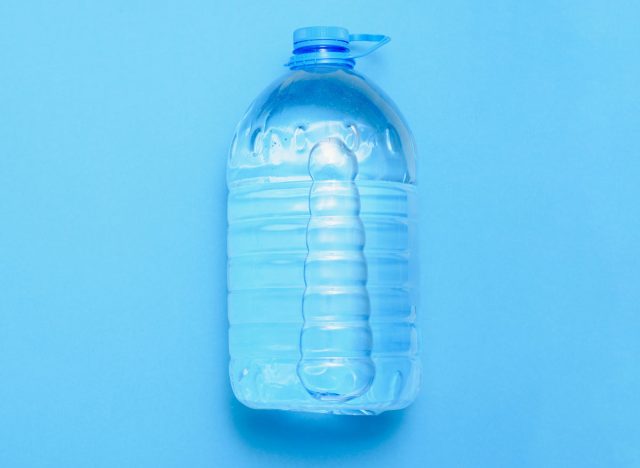
“Increasing your water intake throughout the day does wonders for recovery and has a host of other benefits,” Lenti explains. “Ideally, people should aim to drink half their body weight in fluid ounces (i.e. if they weigh 100 pounds, aim for at least 50 fluid ounces).” So in order to burn fat, drink up!
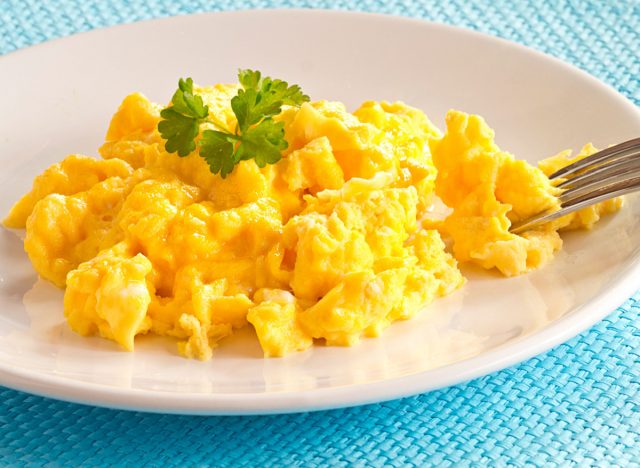
A major mistake many people make when dieting for weight loss is cutting out essential nutrients and eating too little, which can create major setbacks. Each and every meal should include a solid source of protein, whether it’s lean meats, fish, eggs, Greek yogurt, or cottage cheese.
As for how much you should consume, Lenti tells us, “You want to aim for 1g per pound of body weight (i.e., if you weigh 100 pounds, you want to aim for 100g of protein). This may seem like a lot, but if you split it up over the course of a day, it becomes less intimidating.”
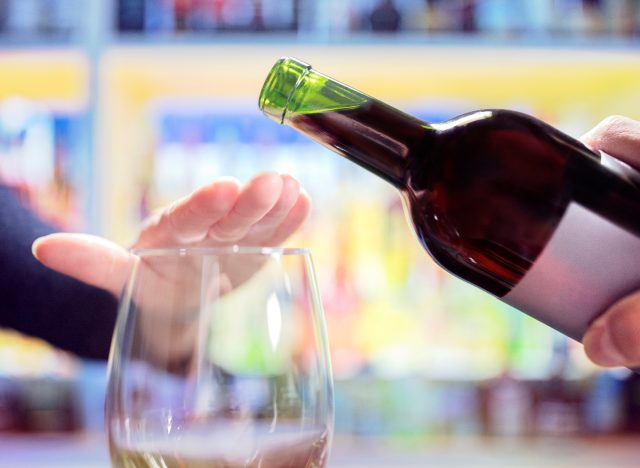
A way to ease into limiting your alcohol consumption is by just having drinks on the weekends when you’re socializing. Other than that, try to cut back on the amount of wine or cocktails you indulge in, or avoid alcohol altogether.
“Alcohol is a toxin, so for 24 hours, your body is just focused on clearing it out of your system,” Lenti says. “This affects your sleep, your recovery, and of course, fat loss. Stick with low-calorie alcohol such as vodka when you do drink, and be mindful of how much you are having.”
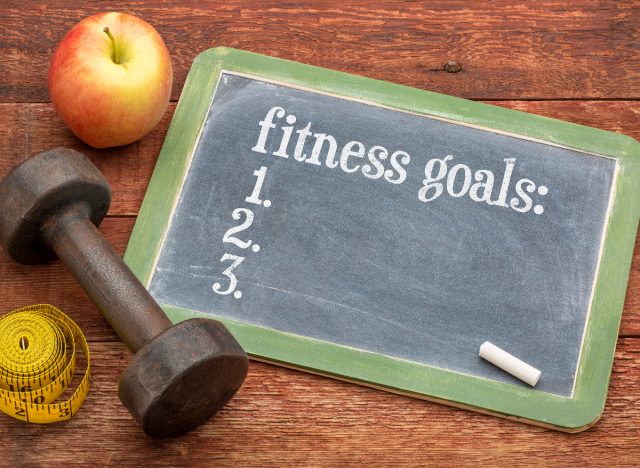
It’s easy to feel discouraged if you don’t see results right away, especially when you’re giving your weight loss journey everything you’ve got. It’s important not to compare yourself to others, and don’t let other success stories on social media bring you down. Changes will happen with dedication and consistency.
“Just focus on what you can control,” Lenti stresses. “You have no idea about that other person’s life, they may have more free time, no kids, [or] a less stressful job. Just keep at it and at some point, you will see change.”
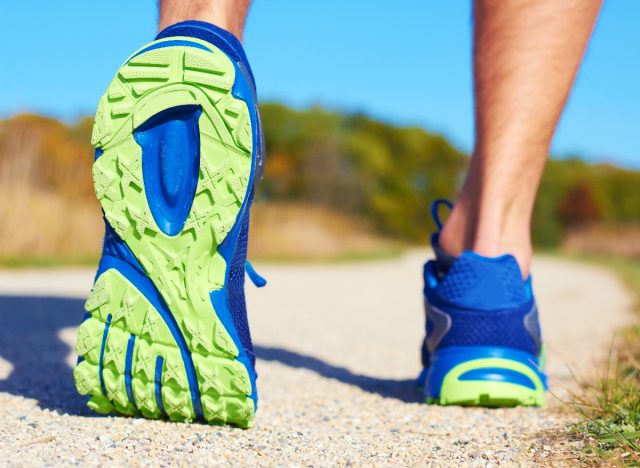
Starting your belly fat loss journey with baby steps and working your way up to healthy habits is the name of the game. For example, exercising once a week is better than nothing, so start with that. Lenti also suggests bumping up your step count each week that goes by, along with tracking one meal a day.
He adds, “The small stuff matters and all adds up to big change. No matter what you are trying to achieve in fitness, nail the small stuff and the big stuff will eventually follow.”
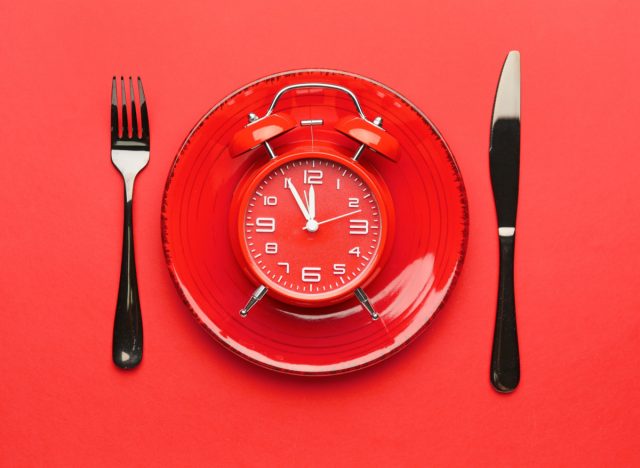
Amy Shapiro, MS, RD, CDN—the founder and director of Real Nutrition, a New York City-based private practice dedicated to healthfully and successfully guiding clients to their optimal nutrition, weight, and overall wellness—suggests giving intermittent fasting a try. “This allows your digestive tract to rest and for your body to use the nutrition you have consumed earlier in the day. Additionally, it prevents late-night eating and promotes optimal digestion.” Shapiro recommends fasting periods of 12 to 14 hours for women and 14 to 16 hours for men.
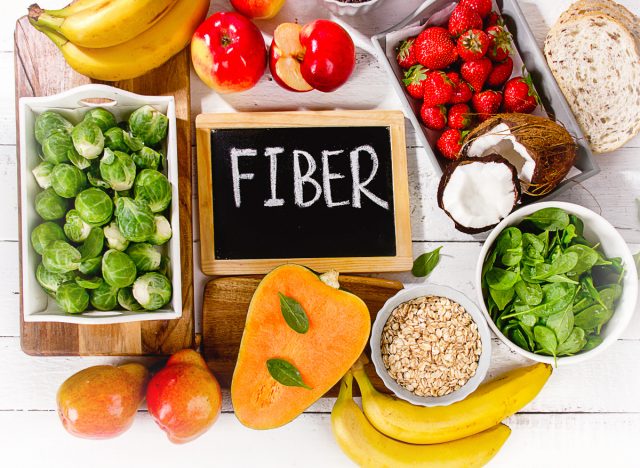
It’s easy to overlook just how important fiber is for your overall wellness, especially when you’re trying to slim down and slash belly fat. According to Shapiro, fiber is essential when it comes to balancing your blood sugar levels, helping you to feel full, promoting healthy digestion, and keeping bloating at bay. She recommends aiming for 25 to 30 grams of fiber each day. Consider working high-fiber foods like raspberries, blackberries, collard greens, lentils, butternut squash, chia seeds, pears, oranges, dried figs, and canned pumpkin into your diet. And if you start your day with a high-fiber breakfast, it will set you up for success before mid-day cravings ever hit.
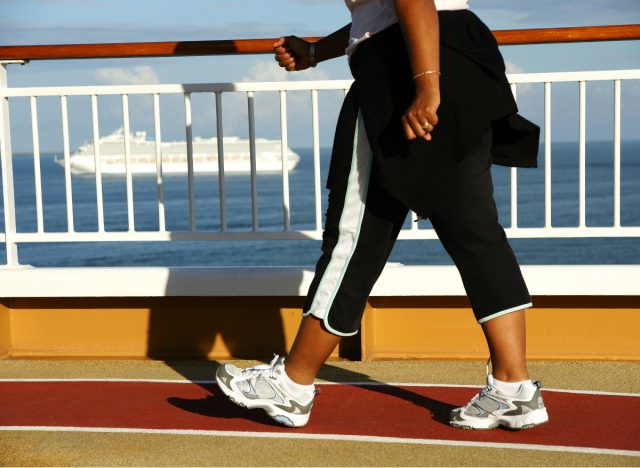
Whether your jam is walking, running, hiking, biking, or jogging, carve out time for 30 minutes of cardiovascular exercise each day. “Just moving your body [helps] use up excess carbohydrates so you don’t store them as fat in your middle,” Shapiro explains.
And don’t even think about your cardio time as “exercise”—it can be an excellent stress reliever to perform during your lunch break or a fun time to catch up with your partner or friends. You may even want to start going on walks after meals to assist your body with digestion while promoting balanced blood sugar levels, good digestion, and less bloating. And remember that any activity that gets your heart pumping counts, whether or not it takes place in a gym. That could even be something like cleaning your house or doing various chores!

Shapiro stresses the importance of limiting your consumption of ultra-processed foods, as they are filled with ingredients associated with more cravings, bloating, overeating, inflammation, and blood sugar spikes. “By limiting your intake and filling your plate and diet with more whole foods you are more likely to manage belly fat,” she adds.

A sneaky contributor of extra, unnecessary calories and weight around your midsection is beverages that are packed with sugar. Cut down on (or eliminate!) sports drinks, fruit juice, and soda. Instead, make water your beverage of choice, and jazz it up by infusing it with fresh fruit if that helps you drink more.
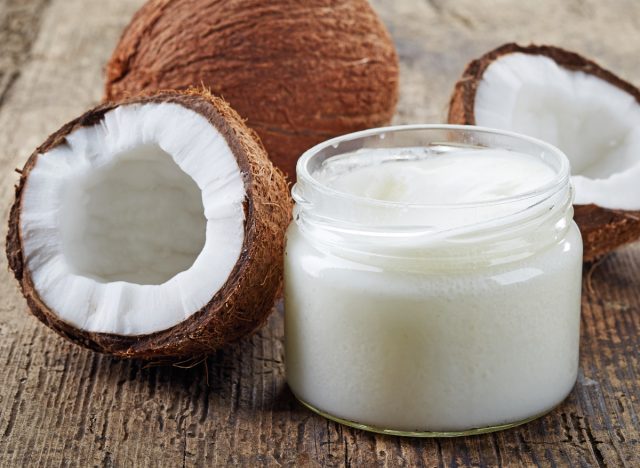
Plain and simple, coconut oil is great for your belly. In fact, research published in ISRN Pharmacology revealed that consuming two tablespoons of coconut oil daily can decrease the size of your waistline by as much as 1.1 inches in one month’s time. So swap out the other oils in your kitchen for coconut oil ASAP! It’s an easy step to take.
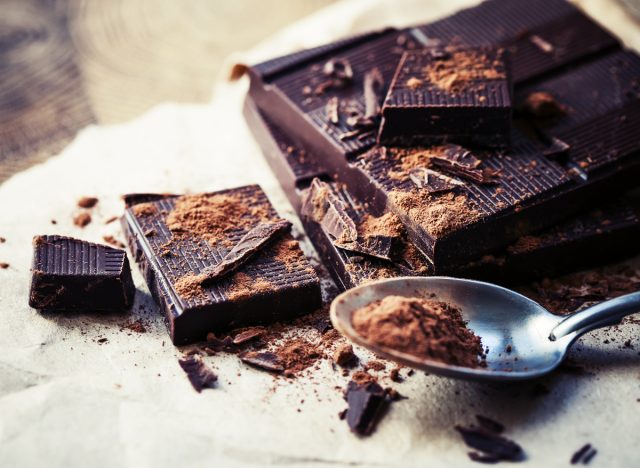
Okay, we’re not promoting unhealthy snacking, here, but when you’re in the mood for a little treat, let it be dark chocolate. You may be surprised to hear research reveals that the antioxidants and anti-inflammatories in dark chocolate can actually help you trim the fat around your belly when eaten in moderate amounts.
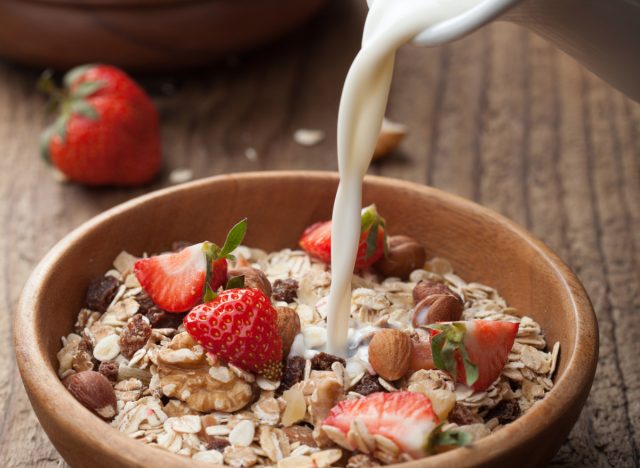
If you want to achieve a smaller waistline, it’s time to check in on the types of carbs you’re eating. Specifically, make sure you’re incorporating whole grains into your meals.
Research backs up just how beneficial whole grains are if you’re looking to shrink your belly! For example, a study conducted by Tufts University discovered that individuals who consumed at least three servings of whole grains daily (such as brown rice, oats, quinoa, and wheat) had 10% less fat in their abdominal area than individuals who consumed the same number of calories derived from refined carbs (such as white bread, pasta, and rice).


